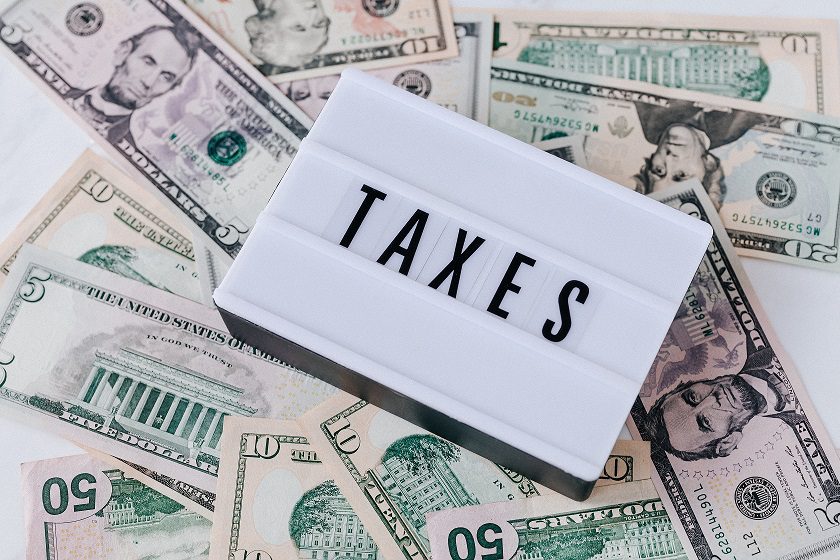
Live Long and Pay More Taxes
September 27, 2021
We are fortunate to live in an era where we benefit from medical advances and a longer life expectancy. Two years ago, I was at a conference in Washington DC, where a retired Major General from the ‘Defense Advanced Research Projects Agency’ suggested that the audience should be thinking in terms of living to at least age 95. Recent research suggests that we could eventually extend our life span to around 150! If this is true, we should be more concerned about living than about dying. This means our firm must work hard to ensure that our clients do not run out of money.
Social Security was introduced in 1935 and designed to provide some income replacement starting at age 65. Then men could expect to have almost 13 years of life after retirement age, while women could look forward to nearly 15 years. Today you need to add another five years to those numbers.
The Federal Government needs to maintain sufficient resources to provide increased benefits and care as Americans spend an ever-greater number of years in retirement. When you combine that need with the ever-increasing level of our national debt, it becomes clear that increased taxes are inevitable.
In 1862, the tax rate was 3% above $600, with a maximum rate of 5% on income over $10,000. When Congress ratified the 16th Amendment in 1913, which confirmed its power to collect taxes, rates were only 1% on the first 20,000 dollars of income. The graduated rates rose to a maximum rate of 7% on incomes over $500,000.
The top tax rate shot up to 77% by 1918 to help cover the cost of World War I. The impact of the Great Depression brought about a new high of 79%. This record was easily surpassed because of World War II when those fortunate enough to earn over $200,000 per year had to pay 94% of the excess to the government. High top rates remained in place until 1964, when the maximum rate was lowered to 70%, and then in 1982, to 50%. The lowest we have seen in recent history is 28% briefly from 1988 to 1990. Since then, it has hovered in the mid to high 30s. Now, we need to deal with the effects of a global pandemic in addition to an aging population and massive federal government spending.
If you are wondering what tax life looks like in the UK, the highest income tax rate peaked in the Second World War at 99.25%. Today the highest rate is 45% for income over £150,000 but don’t forget that while there is no state income tax in the UK, their VAT (equivalent to our Sales Tax) stands at 20% applied to goods and services purchased.
All this aside, we should be mindful and appreciative of the quality of life the average person enjoys today, balanced with whatever the expected increase in taxes might be.
Nick Hoffman

